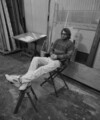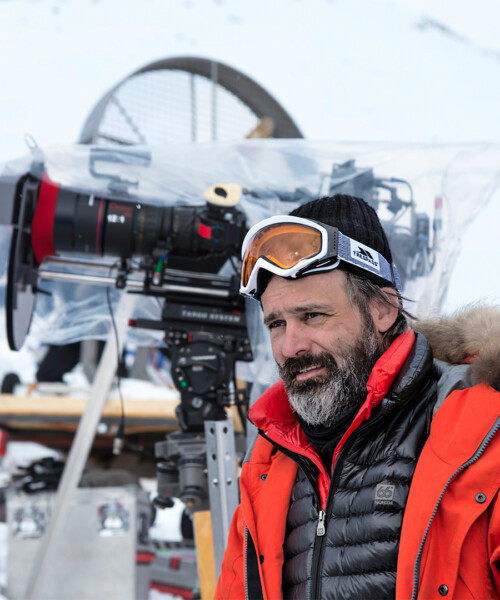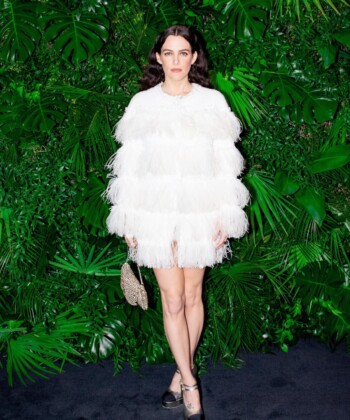For Baltasar Kormákur, whose Everest lands in theaters this fall, a trip up the world’s tallest mountain began in a somewhat familiar place. “It started in the bathtub,” he says. “I was reading the script and I just knew it was a movie I had to make.” It was after he toweled off that things got difficult.
While climbing Everest is universally regarded as treacherous, making a movie there proved to be a daunting feat of its own. “It was an incredible challenge—even breathing up there is hard,” Kormákur says of shooting on the mountain, which earlier this year claimed more than a dozen lives in an avalanche. “We were dropped off in helicopters, but after that it was movie stars carrying their own gear and sleeping beneath electric blankets because it was so cold.”
What kept talent including Jake Gyllenhaal and Josh Brolin from bolting was the stirring story of a disaster that struck the mountain in 1996 (and was immortalized by Jon Krakauer in his book Into Thin Air). “It wasn’t your average film role,” Jason Clarke, who stars as an expedition-leading mountaineer, says. “You feel the beauty of the place, but it does get very dangerous very quickly.”
This made Kormákur’s job much more challenging. “People were breaking down, saying, ‘I’m not sure I can do this,’ ” the director says. “I knew we’d come out the other end proud of ourselves, but that’s the thing about being a leader in an impossible situation—you have to get everyone to believe your bullshit.”
In Clarke’s case, those impossible situations actually helped in his performance. “There’s less acting required,” he notes, “when you’re on a mountain, thinking about falling.”
While Everest only shot as high as its titular mountain’s base camp—the rest filmed in the Italian Alps—there’s no question that those unpredictable encounters with nature were what gave the movie its spirit.
“Every shot was a challenge, and there were avalanche warnings on our call sheets daily,” Kormákur says. “But I enjoyed that in a weird way. I had to work with what I had, and it kept me on my toes. Making this movie was very similar to the journey up that mountain.”







































